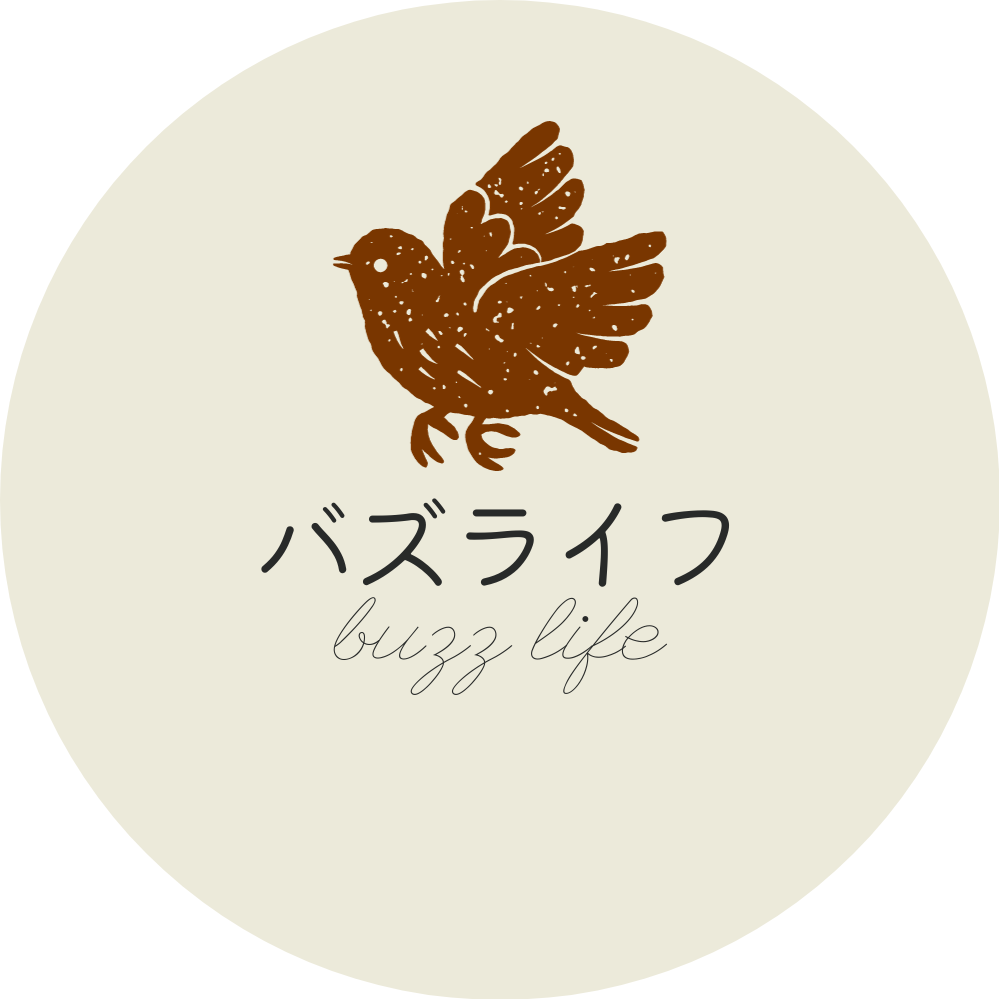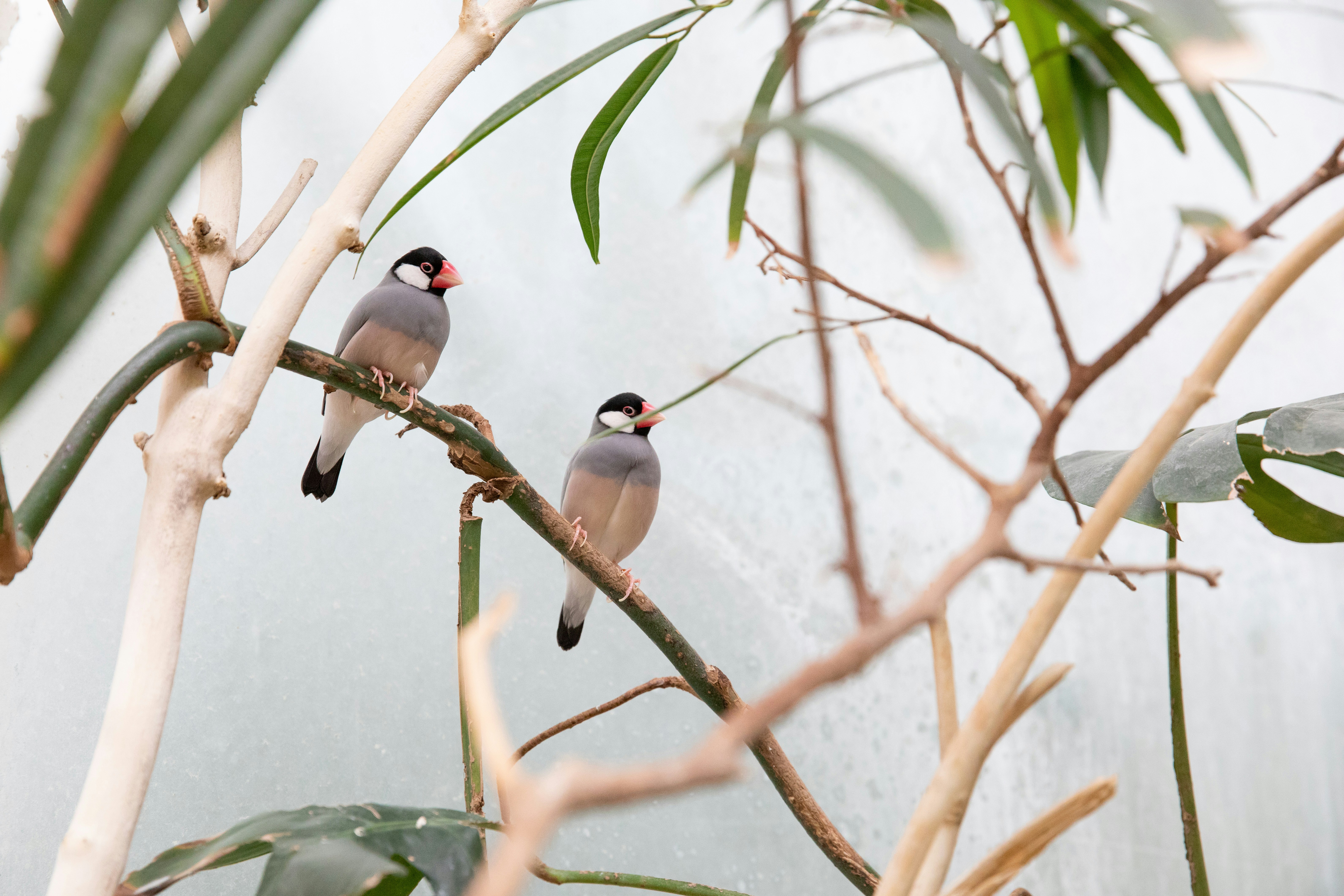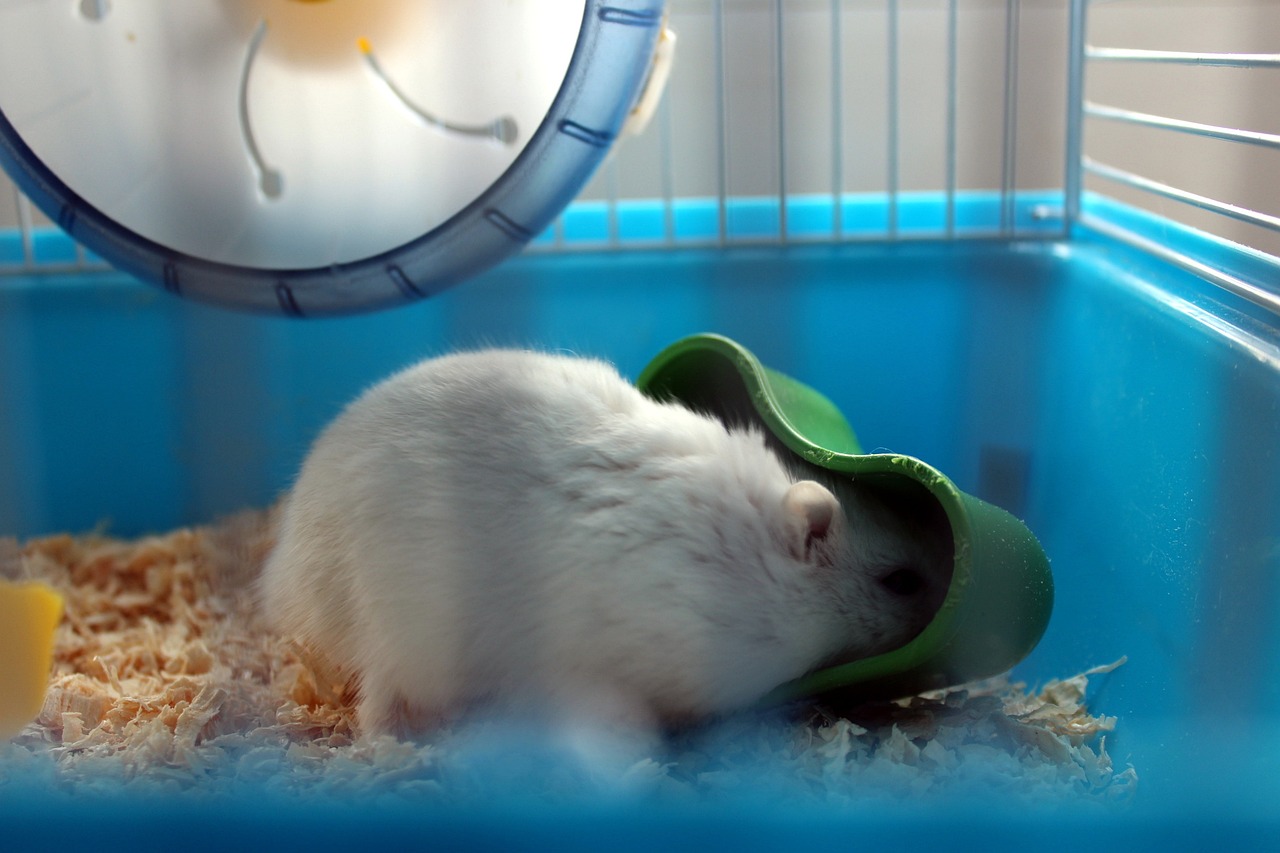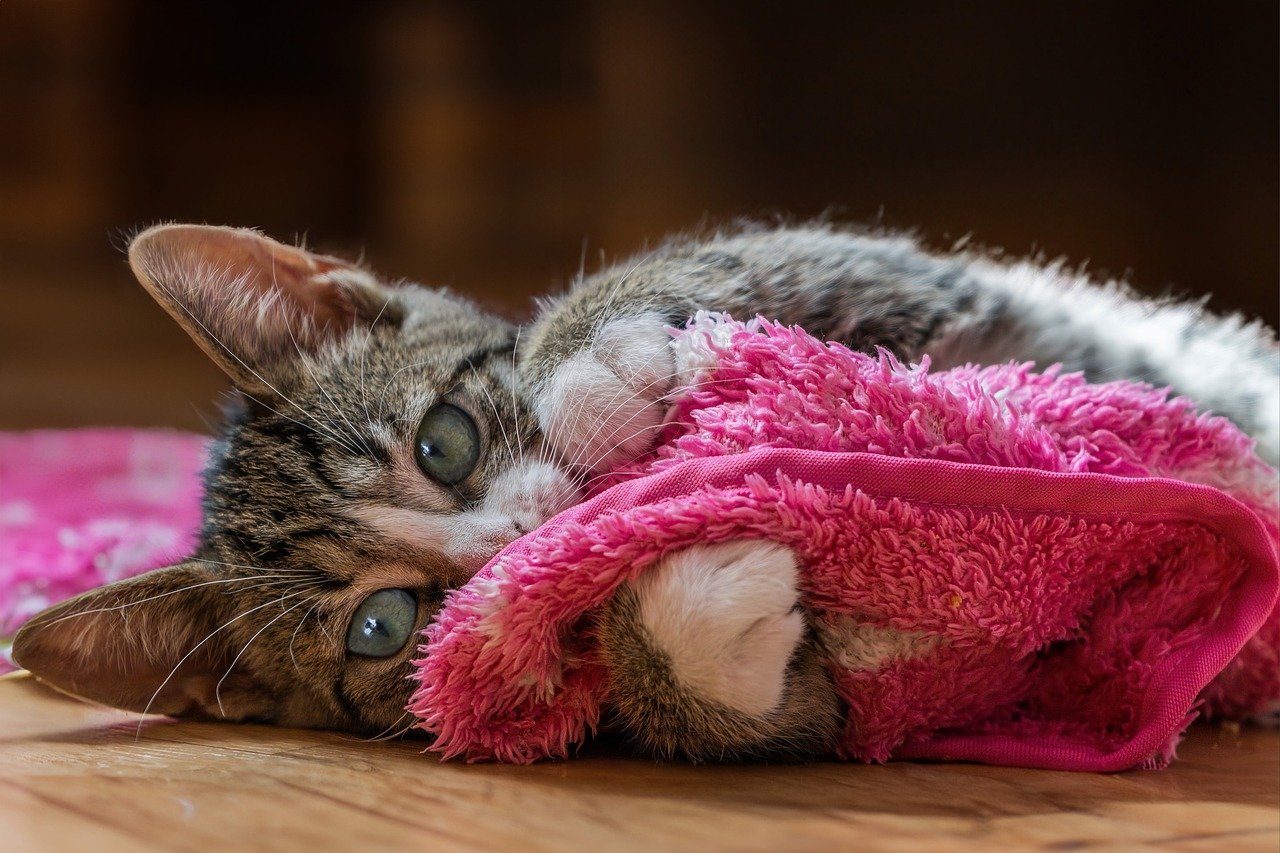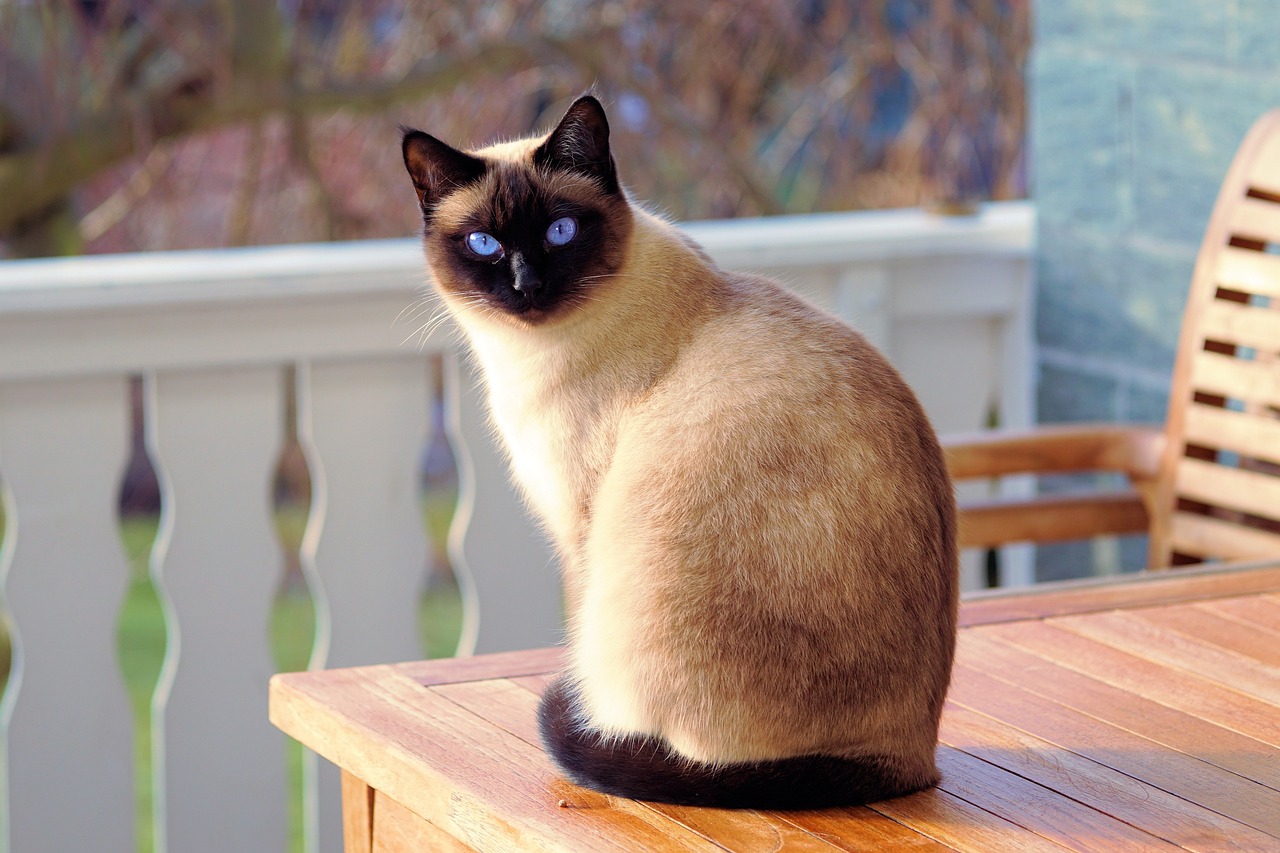How to keep a small and adorable Bunucho
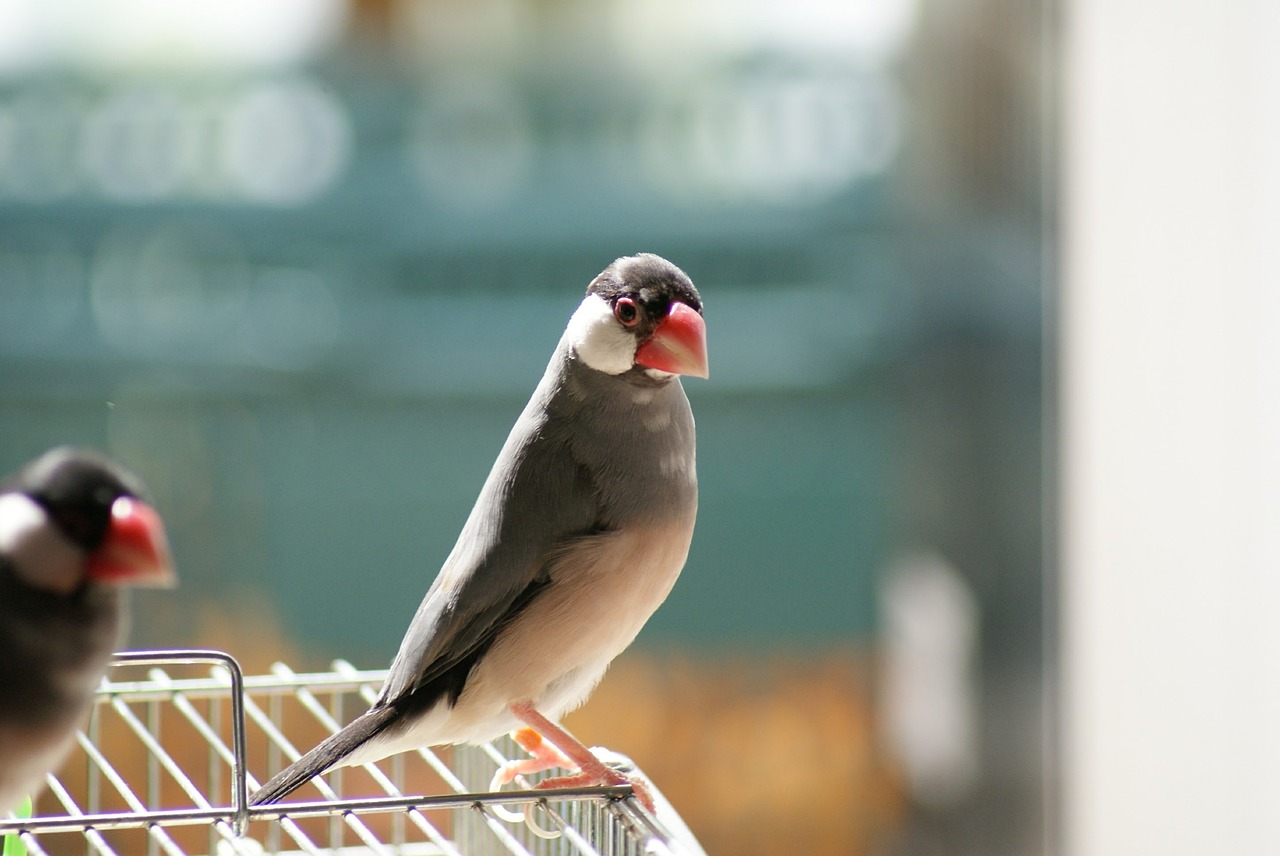
Bunting are small, lovable birds that can live a long life with proper care.
Below are some basic care tips.
How to choose a cage
Size:
Because of the active nature of the Buncheon, the cage should be as spacious as possible. At the very least, the cage should have enough space for the paper bird to spread its wings and fly.
The standard size is 60 cm wide, 40 cm deep, and at least 40 cm high, but larger is ideal.
Bar placement
Choose a cage with horizontally arranged bars to make it easier for your paper birds to climb and play.
The bars should be spaced no more than about 1.2 cm apart to prevent the birds from getting their heads caught between them.
Material
Choose a durable, rust-resistant material. Stainless steel or painted metal cages are commonly used.
Make sure the paint is non-toxic.
Installation of cages
Selecting a location:
The cage should be placed in a safe, high-traffic area, such as the living room, where the family is often active.
Avoid direct sunlight, proximity to heaters, and direct exposure to air-conditioning and heating breezes.
It is important to provide a quiet, low-stress environment.
Stable Placement:
Make sure that the platform on which the cage is placed is stable and that the cage will not rock or fall.
It is also a good idea to place it slightly elevated so that the paper bird can see its surroundings.
Security:
Choose a cage with a door that can be securely closed.
Check for small openings to avoid the risk of the bird escaping from the cage.
Other considerations
Place water and food containers, perches, and playthings inside the cage.
Clean the cage regularly to ensure that your paper bird has a clean environment.
The selection and placement of an appropriate cage is very important for the comfort of your paperbirds. Use these tips to create the best possible environment for your paperbirds.
What about food and water?
Meals
Basic diet:
The staple diet of the paper bird is a seed mix. This contains a variety of seeds and provides balanced nutrition.
It is important to choose a high-quality seed mix for your paper bird.
Fresh Vegetables and Fruits:.
Fresh fruits and vegetables can also be fed to your paper birds. These are good sources of vitamins and minerals.
Good examples are broccoli, apples, and carrots, which should be washed thoroughly before feeding.
It is best to limit vegetables and fruits to about 20% of the diet, with the remainder being seed mixes.
Feeding the right amount:
The amount of food fed per day should be in proportion to the amount the paper bird can eat in a day.
Excessive feeding can cause obesity.
Water
Provide clean water
Always provide fresh, clean water for your paper birds.
Water containers should be washed and replaced with fresh water daily.
Water containers
It is important to choose a water container that is not likely to tip over and that the paper bird can easily drink from.
The water container should be placed in an area of the cage where it is less likely to get dirty.
Notes
Do not feed avocados, chocolate, or other toxic foods to your paper birds.
Regularly keep food containers and water containers clean to ensure that the unclean environment does not harm the health of your paperbirds.
Food and water management for your paper bird is critical to its health. Proper nutrition and clean water will help ensure a healthy and comfortable life for your paperbirds.
How should I check on their health?
Regular health checks
Observation:.
Observe your paper bird’s behavior, posture, appetite, and excretions daily for any abnormalities.
Any symptoms such as lack of energy, loss of appetite, abnormal breathing, swelling, or cramps should be noted.
Weight Control:.
It is important to check your bunting’s weight regularly and monitor for sudden increases or decreases.
Consult your veterinarian if you notice any abnormalities, as weight changes may indicate a health problem.
Nail and Feather Care
Nail Trimming:.
If a paper bird’s nails become too long, they can affect its ability to walk and perch on perches.
Regular nail trimming may be necessary, but it is safe to have your veterinarian or a professional pet store trim the nails.
Feather Care:.
Occasionally, feather trimming may be necessary, but it is recommended that you consult a specialist as this will affect their ability to fly.
Regular physical examinations with a veterinarian
It is advisable to have a physical examination with a veterinarian once a year.
Vaccinations and regular health checkups are important for the early detection and treatment of the disease and to protect the health of your paper birds.
Maintaining a clean environment
Keep the cage and its surroundings clean to ensure that your paperbirds live in a healthy environment.
Regular cleaning and disinfection of the cage will help prevent disease.
Stress management
Bunco birds are sensitive to stress. Providing a stable daily routine and a quiet, safe environment is important.
Noise, sudden temperature changes, and excessive human interaction can cause stress.
The health care of paperbirds requires ongoing attention and care. It is important to seek prompt veterinary attention if any changes in health are observed. A healthy paper bird will lead a more active and happy life.
Do I need skinship?
Bunco birds are social birds and proper social interaction is critical to their well-being and health. Below is some advice on social interactions for your paperbirds.
Interaction with humans
Regular interaction:.
Bunco birds enjoy interacting with humans. It is recommended that you spend a certain amount of time each day interacting with your paperbirds.
This time should include taking the bird out of its cage and allowing it to play in a safe environment.
Gentle Contact:.
Bunco prefer gentle contact. Slow movements, quiet talking, and light petting can help.
They may be wary at first, but gradually a trusting relationship will develop.
Avoid stress:.
Avoid noisy environments and sudden movements as they can stress the paper bird.
It is important to interact in an environment that makes your paperbirds feel at ease.
Interaction with other birds
Interacting with the same species:.
Bunco birds may enjoy interacting with other bunco birds. If possible, you can consider keeping more than one bird.
However, be aware that individual birds vary in personality and compatibility.
Introducing a New Companion:.
Be cautious when introducing new paperbirds, initially acclimating them in separate cages and gradually allowing them to spend time together.
They should be carefully monitored to ensure that they do not appear aggressive toward each other.
Provide adequate space:.
When housing multiple birds, it is important to provide enough space for each to avoid stress.
It is a good idea to provide hiding and resting areas in the cage.
Notes.
Bunting are not good at adapting to many changes at once, so it is important to take your time when introducing a new environment and mate.
Compatibility among paperbirds varies from individual to individual. When keeping them together, carefully observe their behavior and consider separating them if necessary.
Bunco are social creatures and appropriate interaction will greatly contribute to their well-being. Interaction with humans as well as with other birds, properly managed, will enrich their lives.
